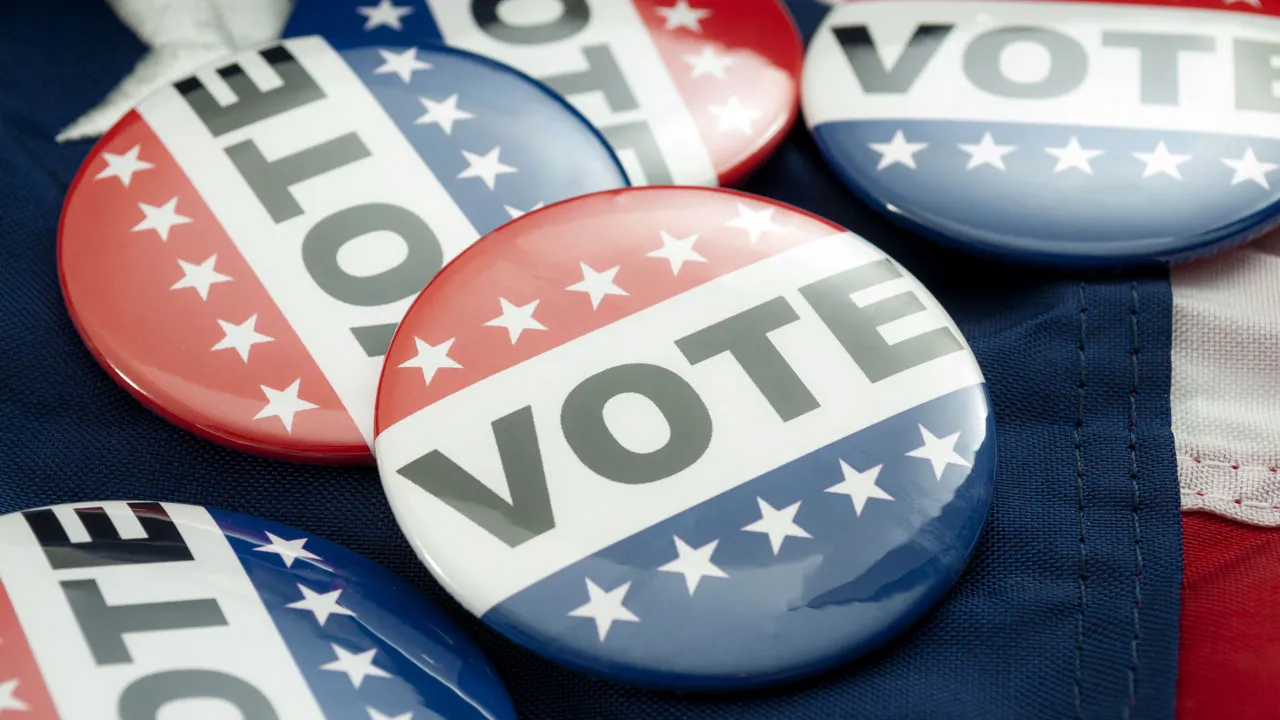Editorial: Time has come to allow state to spend excess TABOR funds
Colorado voters have an opportunity to strike a blow for sanity Nov. 5.
Proposition CC would do for state government what voters have already approved for almost all Colorado school districts (96 percent), counties (84 percent) and municipalities (80 percent): allow the state to spend revenues that it collects above spending limits imposed by the Taxpayer Bill of Rights.
TABOR, the restrictive tax-and-spending measure passed by Colorado voters in 1992, limits governmental spending to inflation plus population growth. The effect has been that state spending has not kept up with overall growth in the economy,…
THIS ARTICLE IS FOR SUBSCRIBERS ONLY
Continue reading for less than $3 per week!
Get a month of award-winning local business news, trends and insights
Access award-winning content today!



